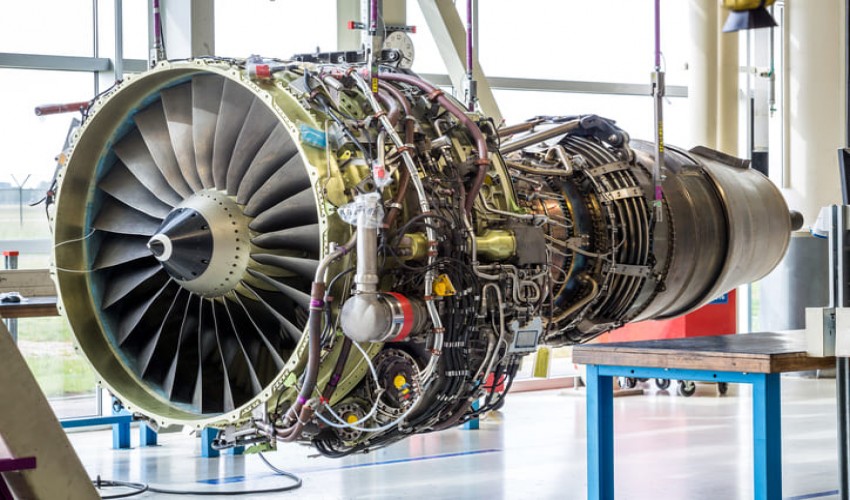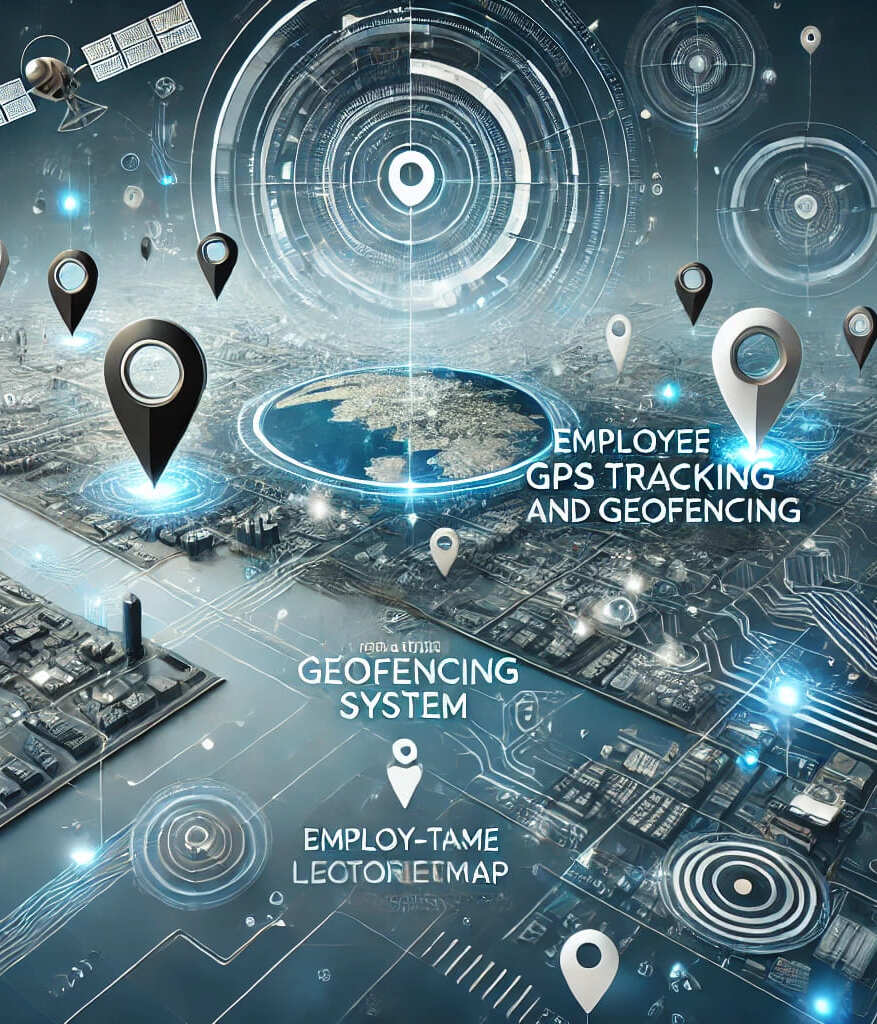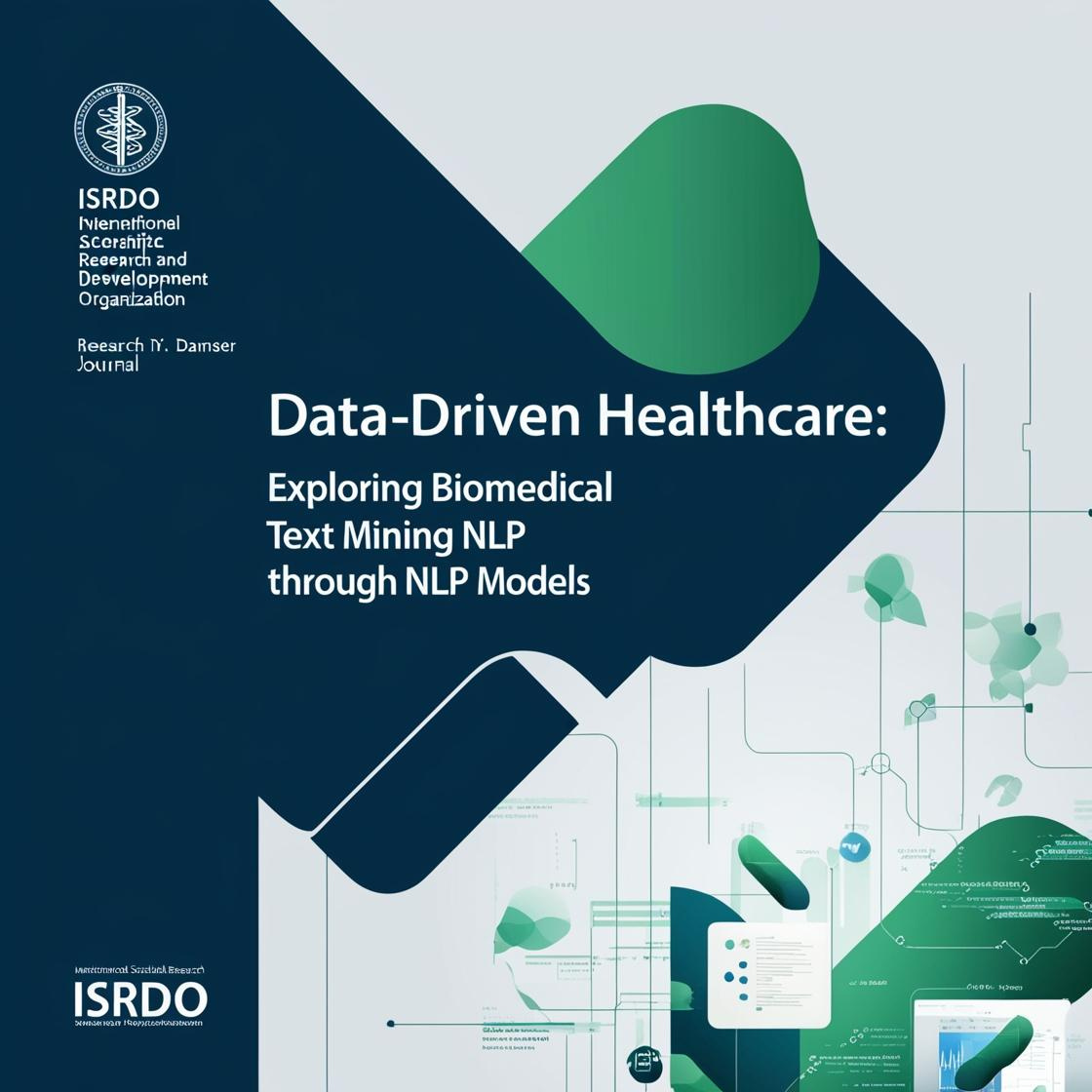
Aeronautical / Aerospace Engineering
Aerospace engineering is the primary field of engineering concerned with the development of aircraft and spacecraft. It has two major and overlapping branches: aeronautical engineering and astronautical engineering. Avionics engineering is similar, but deals with the electronics side of aerospace engineering.
"Aeronautical engineering" was the original term
for the field. As flight technology advanced to include vehicles operating in
outer space, the broader term "aerospace engineering" has come into
common use. Aerospace engineering,
particularly the astronautics branch, is often colloquially referred to as
"rocket science".
Aerospace engineers design spacecraft, aircraft, and other
flying equipment to meet particular specifications and quality standards. These
professionals may become experts in one or several different fields, such as
control systems, materials, thermodynamics, or flight mechanics.
- Aerodynamics
- Flight Mechanics
- Aerospace Propulsion
- Incompressible Fluid Mechanics
- Aerospace Structural Mechanics
- Introduction to Aerospace Engineering
- Aircraft Design
- Spaceflight Mechanics
- Aircraft Propulsion
- Thermodynamics and Propulsion
- Elements of Aeronautics.
- Aero-Fluid Mechanics.
- Mechanics of Solids.
- Aircraft Component Drawing.
- Machines and Mechanisms.
- Aircraft Systems and Instruments.
- Air-breathing Propulsion.
- Aerodynamics Laboratory.
- Introduction to Space Tech.
- Aircraft Structure Designing and Building.
- Flight Dynamics.
- Heat Transfer.
- Total Quality Management and Reliability engineering.
- Rocket Propulsion.
- Vibrations and Elements of Aeroelasticity.
- Helicopter Aerodynamics.
- Rockets and Missiles.
- Combustion Engineering.
- Theory of Plates and Shells.
- Computer-aided design and analysis.
- Automatic Control System.
- Spacecraft technology.
- Aircraft Materials.
- Fatigue and Fracture Mechanics.
- Engineering Aerodynamics and Flight Mechanics.
- Elements of Gas Dynamics and Propulsion.
- Aerodynamic Design.
- Advanced aerodynamics.
- Numerical Methods in Gas Dynamics.
- Grid Generation.
- Hypersonic Air-Breathing Propulsion.
- Thermal Stress Analysis.
- Mechanics of Damage Tolerance.
- Aero Elasticity.
- Elastic Stability.
- Non-Linear Behavior of Plates and Shells.
Recent Published
Submit Manuscript
To give your manuscript the best chance of publication, follow these policies and formatting guidelines.


